
Blog
-
 Read more: MCU POWER SUPPLY LINES AND CRYSTAL PLACEMENT RULES
Read more: MCU POWER SUPPLY LINES AND CRYSTAL PLACEMENT RULESIntroduction Proper power supply and crystal placement are critical for ensuring stable and reliable operation of microcontroller units (MCUs). Careful PCB layout and component placement can minimize noise, avoid signal integrity issues, and optimize performance. This article will cover best practices and guidelines for routing MCU power supply lines and […]
-
ENIG-BLACK PAD
Posted by
–
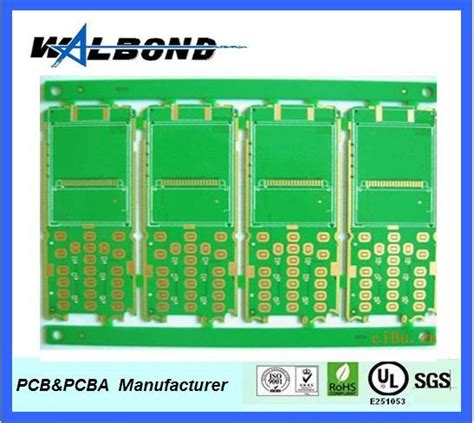 Read more: ENIG-BLACK PAD
Read more: ENIG-BLACK PADWhat is ENIG-Black Pad Defect (ENIG-BPD)? ENIG-Black Pad Defect (ENIG-BPD) is a failure mode in printed circuit boards (PCBs) that occurs when the Electroless Nickel Immersion Gold (ENIG) surface finish experiences a loss of connection between the nickel layer and the underlying copper substrate. This defect is characterized by the […]
-
 Read more: Electroplated Nickel Process for PCB Printed Circuit Boards
Read more: Electroplated Nickel Process for PCB Printed Circuit BoardsIntroduction to Nickel Electroplating in PCB Manufacturing Nickel electroplating is a crucial process in the manufacturing of printed circuit boards (PCBs). This process involves depositing a thin layer of nickel onto the copper traces of the PCB, providing several benefits that enhance the performance and durability of the final product. […]
-
Express PCB And Express SCH Designing Software
Posted by
–
 Read more: Express PCB And Express SCH Designing Software
Read more: Express PCB And Express SCH Designing SoftwareIntroduction to PCB Design Printed Circuit Board (PCB) design is a crucial aspect of modern electronics. PCBs are used in almost every electronic device, from smartphones and computers to medical equipment and aerospace systems. The process of designing a PCB involves creating a schematic diagram, laying out the components, and […]
-
What is Thermal Vias
Posted by
–
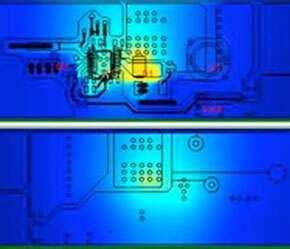 Read more: What is Thermal Vias
Read more: What is Thermal ViasDefinition and Purpose of Thermal Vias What are Thermal Vias? Thermal vias are specialized vias (vertical interconnect access) that are specifically designed to transfer heat from one layer of a PCB to another. Unlike regular vias, which are primarily used for electrical connectivity, thermal vias are optimized for heat dissipation. […]
-
What does a filter capacitor do?
Posted by
–
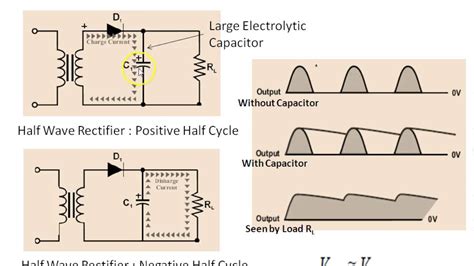 Read more: What does a filter capacitor do?
Read more: What does a filter capacitor do?Understanding the Basics of Filter capacitors What is a Capacitor? A capacitor is a passive electronic component that stores electrical energy in an electric field. It consists of two conducting plates separated by a dielectric material, which can be air, paper, ceramic, or electrolytic solution. The capacitance of a capacitor […]
-
Understanding Manufacturing Tolerances on a PCB
Posted by
–
 Read more: Understanding Manufacturing Tolerances on a PCB
Read more: Understanding Manufacturing Tolerances on a PCBWhat are PCB tolerances? PCB Tolerances are the permissible deviations from the nominal or designed values for various parameters of a PCB. These parameters include the dimensions of the board, the size and placement of components, the width and spacing of traces, and the size of holes and vias. Tolerances […]
-
The Optimum PCB Design Flow – Right First Time
Posted by
–
 Read more: The Optimum PCB Design Flow – Right First Time
Read more: The Optimum PCB Design Flow – Right First TimeIntroduction to PCB Design Optimization Printed Circuit Board (PCB) design is a complex process that involves multiple steps, from schematic capture to final fabrication. To achieve the best possible results, it is essential to optimize the PCB design flow and ensure that the design is done right the first time. […]
-
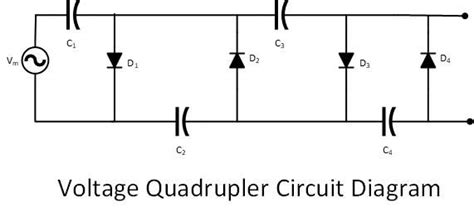 Read more: Voltage Doubler: A Cheaper and Lighter Alternative to Transformer-Rectifier Circuits
Read more: Voltage Doubler: A Cheaper and Lighter Alternative to Transformer-Rectifier CircuitsIntroduction to Voltage Doublers A voltage doubler is an electronic circuit that converts an AC input voltage to a DC output voltage that is twice the peak input voltage. It is a type of voltage multiplier circuit. Voltage doublers are commonly used in electronic devices that require higher DC voltages […]
-
1N5402 Diode: Here’s All You Need to Know
Posted by
–
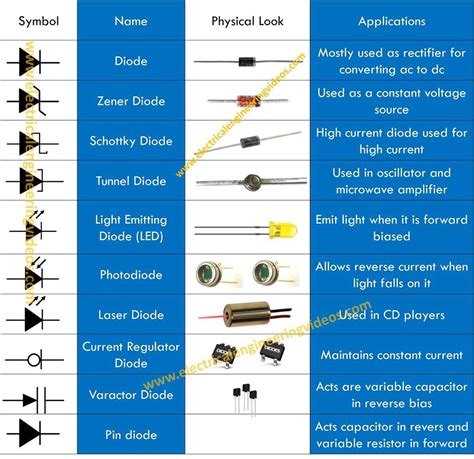 Read more: 1N5402 Diode: Here’s All You Need to Know
Read more: 1N5402 Diode: Here’s All You Need to KnowIntroduction to Diodes and the 1N5402 Diodes are essential components in electronic circuits, serving as one-way valves for electrical current. They allow current to flow in one direction while blocking it in the opposite direction. The 1N5402 is a popular rectifier diode that finds applications in various electronic projects. In […]




